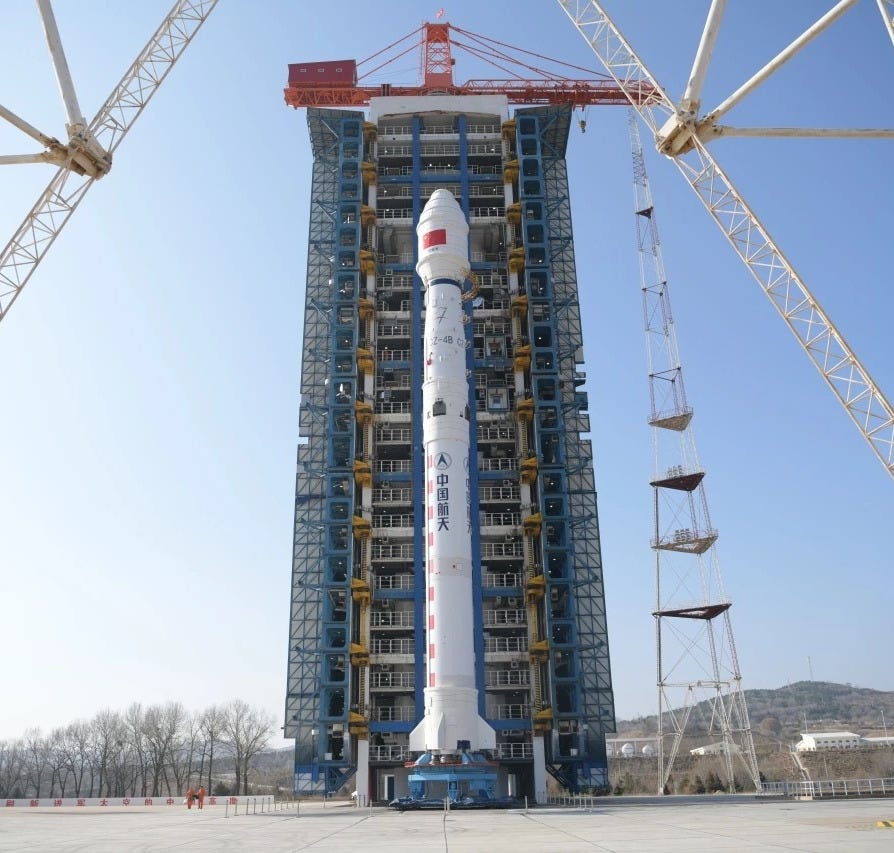7000 and counting! [Long March 4B Y53]
A Long March 4B has conducted humanity's 7000th space launch!
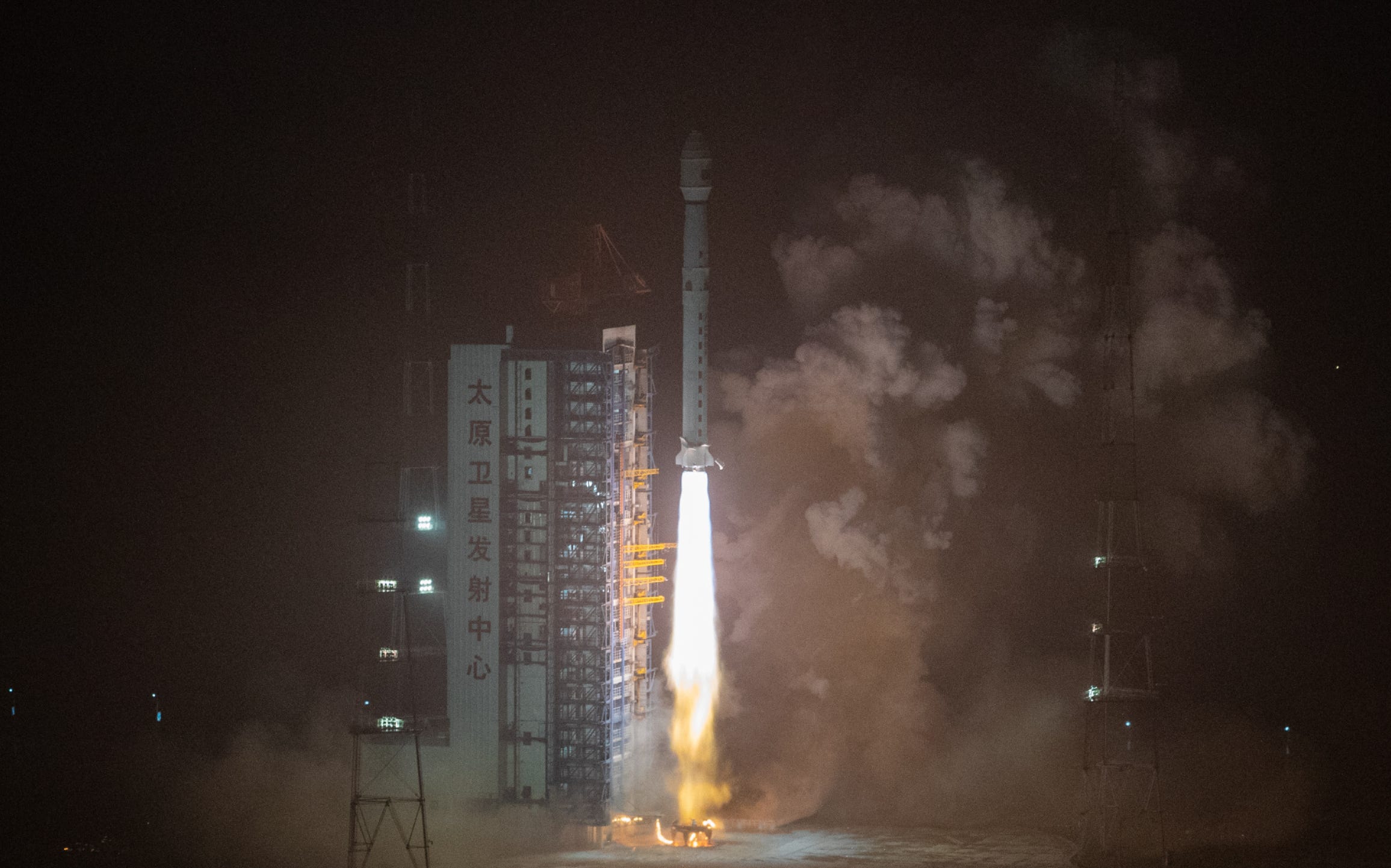
A Long March 4B blasted off from Launch Complex 9 at the Taiyuan Satellite Launch Center at 06:42 am China Standard Time (on November 14th), or 22:42 pm Universal Coordinated Time (on November 13th), and headed for sun-synchronous orbit.
The payload atop of the vehicle for this launch was the Haiyang-4 01 (海洋四号01), also called Ocean-4 01, ocean-salinity detection satellite. Once operational, the satellite will support ecological forecasting, water-cycle monitoring, marine environmental forecasting, short-term climate prediction, and global climate change research while also providing data for applications in agriculture, meteorology, and disaster mitigation.
Haiyang-4 01 is expected to fill a gap in China’s high-precision global ocean salinity detection capabilities, improve the accuracy and quality of marine forecasting products, and enhance the country's ability to collect data on ocean dynamic environmental factors stated by the China National Space Administration, reported by CGTN.
Development of the spacecraft was performed by the China Aerospace Science and Technology Corporation.
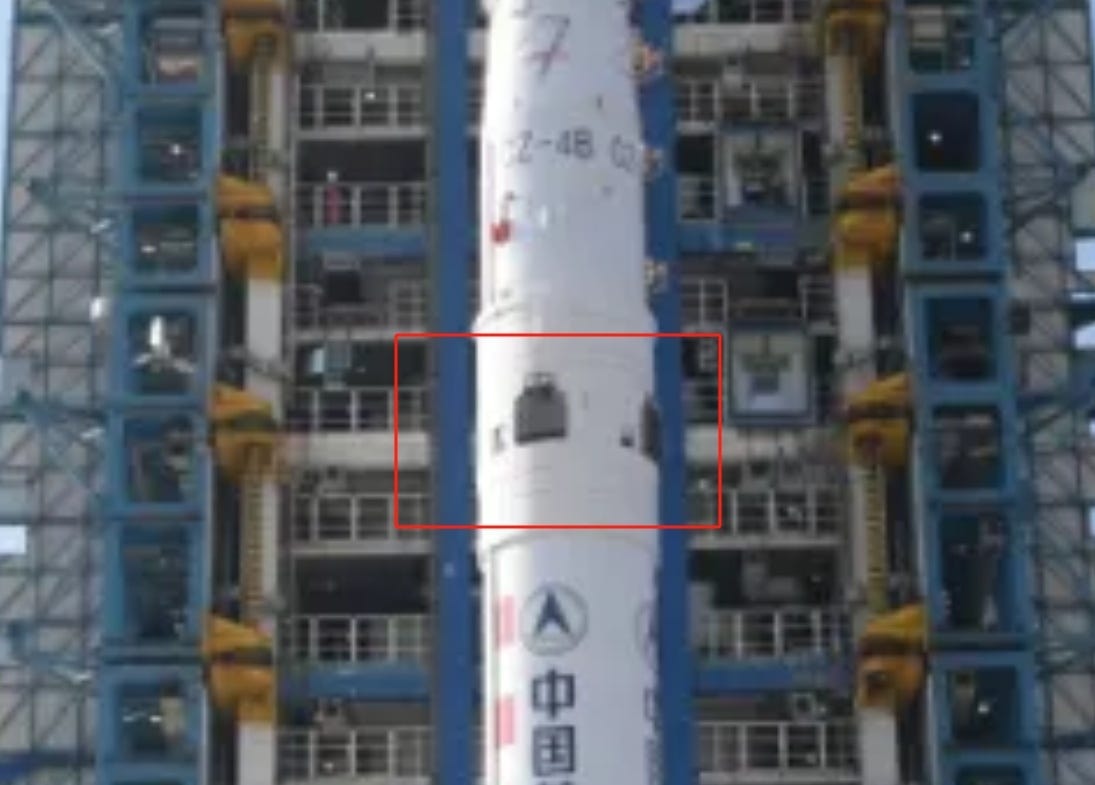
The Long March 4B’s first-stage for this launch was equipped with four grid fins to control the stage’s descent. Grid fins are included occasionally on Long March launches to test hardware for reusable rockets and to shrink the debris hazard areas. This is believed to have been the sixth time a Long March vehicle has had grid fins installed.
As mentioned in the headline, this was the 7000th space launch since humanity began doing so, including both orbital and suborbital launches above the Kármán line. The first dedicated space launch was back on October 4th 1957 when Sputnik 1 (Спутник-1) was sent into orbit from Baikonur by the former Union of Soviet Socialist Republics.
This was the 545th launch of a Long March rocket overall, the 109th launch for the Long March 4 series, the 52nd launch of a Long March 4B, and the 223rd Long March vehicle launch from the Shanghai Academy of Spaceflight Technology. Along with these, this was the 55th launch from China in 2024.
Liftoff video via Cosmic_Penguin on X, formerly Twitter.
As of writing (November 14th), the Y number for this launch is believed to be Y53, this may change if clarified by the manufacturer.
Chinese companies, state-owned and private, use Y followed by a number to serialize launch mission numbering, similar to NASA with STS.
Check out the previous Long March 4B launch
What is the Long March 4B?
This section is for those less familiar with China's Long March series of launch vehicles.
The Long March 4B is an older generation low Earth and sun-synchronous orbit workhorse of the Shanghai Academy of Spaceflight Technology. All three stages of the rocket burn Dinitrogen Tetroxide and Unsymmetrical Dimethylhydrazine, with no engine restart capability.
The payload capacity of the launch vehicle is currently as follows:
4,200 kilograms to low Earth orbit
2,800 kilograms to a sun-synchronous orbit
1,500 kilograms to a geostationary transfer orbit
The first-stage is powered by four YF-21C engines, which generate 302 tons of thrust burning Dinitrogen Tetroxide and Unsymmetrical Dimethylhydrazine. The second-stage is powered by a single YF-22C engine and four YF-23C verniers that generate 80 tons of thrust while also burning Dinitrogen Tetroxide and Unsymmetrical Dimethylhydrazine. The third-stage is propelled by two YF-40 engines that provide 10 tons of thrust by once again burning Dinitrogen Tetroxide and Unsymmetrical Dimethylhydrazine.
On the launch pad, the Long March 4B is 44.1 meters tall and weighs 249,200 kilograms when fully fuelled. The first and second-stage have a diameter of 3.35 meters, while the third-stage has a diameter of 2.9 meters, and a fairing diameter of either 3.8 or 4.2 meters.
So far the Long March 4B has flown from all three inland launch sites, the Jiuquan Satellite Launch Center, the Taiyuan Satellite Launch Center, and the Xichang Satellite Launch Center.




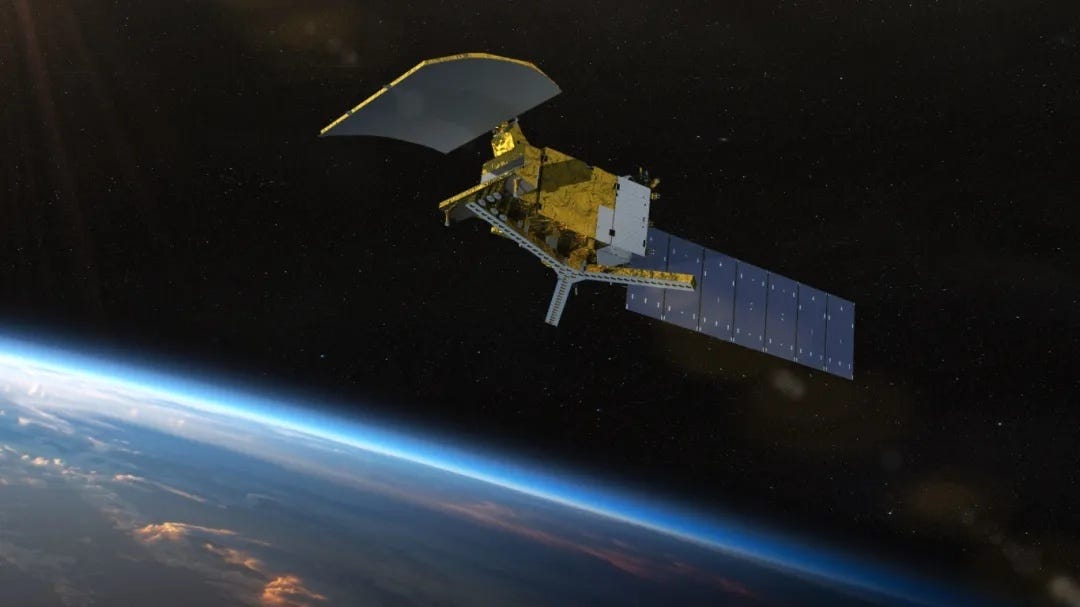
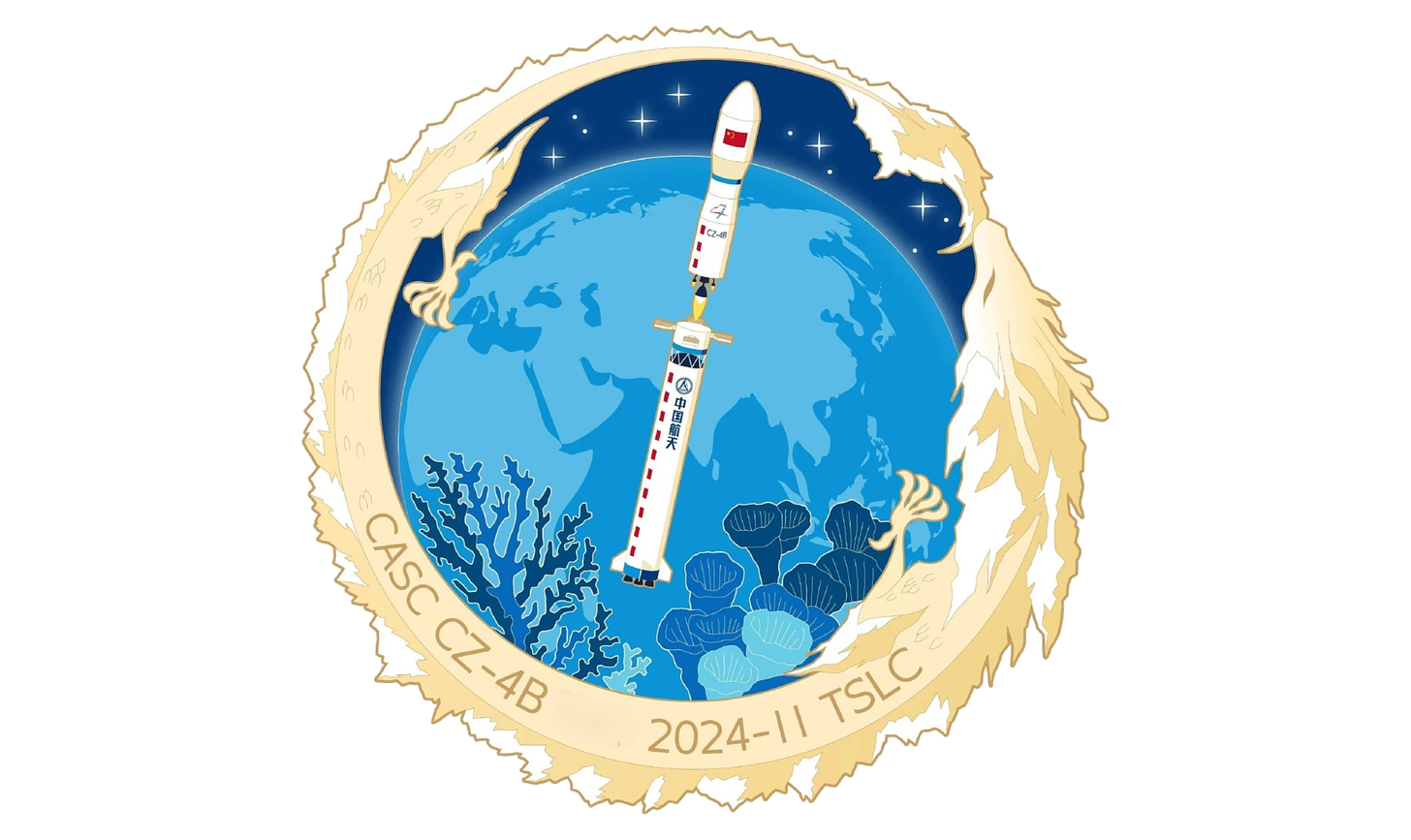
![Another test batch? [Long March 4B Y73]](https://substackcdn.com/image/fetch/w_1300,h_650,c_fill,f_auto,q_auto:good,fl_progressive:steep,g_auto/https%3A%2F%2Fsubstack-post-media.s3.amazonaws.com%2Fpublic%2Fimages%2F9bdfe5cb-063b-48f6-a19b-ce805c08347e_2217x1299.jpeg)
